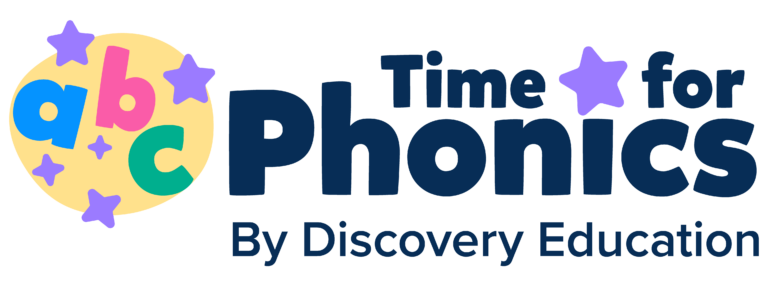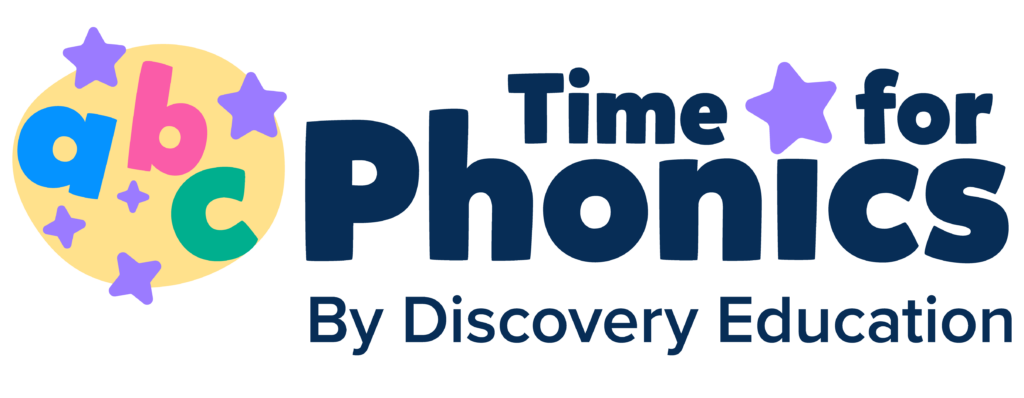The English language contains a range of phonemes that help us read and write. Phonemes are the smallest unit of sound in the English language, and can be blended together to form words. Each phoneme is represented by a grapheme – which is a letter or a group of letters. Children learn about phonemes and graphemes when they start learning to read, and will also learn how phonemes and be blended together to make a word, and how words can be segmented in order for us to write them.

How to pronounce the 44 phonemes
If you’re not sure how to accurately pronounce the 44 phonemes as ‘pure sounds’, then there are many great videos which can help with pronouncing the 44 different sounds in the English language, plus the double letter sounds. Remember to try and say the sound in the shortest possible way, without adding an ‘uh’ at the end of the sound eg, ‘mmm’, not ‘muh’. Of course, the way you say some of these sounds may differ slightly according to regional accent – for example in the North of England, the ‘u’ phoneme is pronounced differently to how people with southern accents pronounce the ‘u’ phoneme.
How to learn each phoneme
In the DfE Letters and Sounds framework, each sound is taught systematically using the prescribed order that is set out. The order of teaching for phonics is:
Phase 2 phonics teaching order
Set 1: s, a, t, p
Set 2: i, n, m, d
Set 3: g, o, c, k
Set 4: ck, e, u, r
Set 5: h, b, f, ff, l, ll, ss
One set is taught per week, so by the end of week 5 children should have a good understanding of all the phase 2 sounds. Children can also use our phase 2 phonics scheme to help them develop blending and segmenting skills.v
Phase 3 phonics teaching order
Set 6: j, v, w, x
Set 7: y, z, zz, qu
Consonant digraphs: ch, sh, th, ng
Vowel digraphs: ai, ee, igh, oa, oo, ar, or, ur, ow, oi, ear, air, ure, er
You can use our phase 3 phonics scheme to help children develop the phonics skills needed for phase 3.
Phase 4 phonics teaching order
- Practise reading and spelling CVCC words
- Practise reading and spelling high frequency words.
- Practice polysyllabic words
- Practise reading and writing sentences.
- Learn more tricky words
You can use our phase 4 phonics scheme to help children develop the phonics skills needed for phase 4.
Phase 5 phonics teaching order
ay, ou, ie, ea, oi, ir, ue, wh, ph, ew, aw, au, oe, a-e
Split digraphs: e-e, igh, o-e, u-e,
Alternative pronunciations: i, o, a, e, u, c, g, y, ch, er, ow, ie, ea, ou, ey
There are also a range of alternative graphemes to cover.
You can use our phase 5 phonics scheme to help children develop the phonics skills needed for phase 5.
Once children have mastered all of the phase 5 phonics sounds they will be in a good position to read full sentences and also – of course – write them.
If you want to help children develop phonics reading skills, you can sign up for 7 days free access to our synthetic phonics programme.
Join Time for Phonics today to access our unique phonics scheme, supporting resources and much more!

